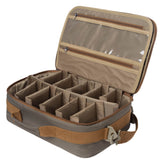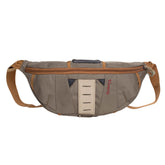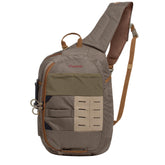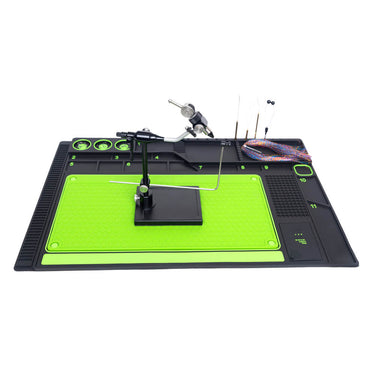Angling for Pike: A Fly Fisher’s Pursuit
Fly fishing for pike can be an exhilarating experience, as these aggressive predators put up a strong fight and often strike with explosive energy. Here’s a comprehensive guide to help you get started:
1. Gear Selection
Fly Rod: A 9–10 wt rod (9–10 feet long) is ideal for handling large pike and casting bulky flies.
Fly Reel: A sturdy reel with a strong drag system and a large arbor to hold a weight-forward floating or intermediate line.
Fly Line:
Floating line for shallow water or surface fishing.
Intermediate/sinking line for deeper water.
Wire or heavy fluorocarbon leader (12–20 lb) to prevent bite-offs (pike have sharp teeth!).
2. Best Flies for Pike
Pike are ambush predators, so large, flashy, and erratic flies work best:
Streamers: Big, bulky patterns like Pike Bunnies, Deceivers, Clouser Minnows, and Murdich Minnows.
Topwater: Poppers, Gurglers, and Dahlberg Divers for explosive surface strikes.
Bright Colors: Chartreuse, orange, red, and white are effective, especially in murky water.
3. Where to Fish for Pike
Shallow Weedy Bays – Pike love ambushing prey near vegetation.
Drop-offs & Structure – Look for transitions between deep and shallow water.
Inlets & Outlets – Pike often patrol these areas for baitfish.
Spring & Fall – Pike are more active in cooler water.
4. Retrieval Techniques
Strip Retrieve: Fast, erratic strips to mimic fleeing baitfish.
Pause & Twitch: Let the fly sink, then give sharp twitches to trigger strikes.
Slow Roll: A steady retrieve can work in cold water when pike are sluggish.
5. Handling Pike Safely
Use a Rubberized Net – Protects their slime coat.
Long-nose Pliers & Jaw Spreaders – Essential for safe hook removal.
Support Their Weight – Hold horizontally (never vertically) to avoid injury.
6. Best Times to Fish
Early Morning & Late Evening – Pike are most active.
Overcast Days – Low light conditions often trigger feeding.
Spring (Pre-Spawn) & Fall (Feeding Frenzy) – Prime seasons.
7. Bonus Tips
Use a Figure-8 Retrieve near the boat—pike often follow and strike at the last second.
Try Sinking Lines in Winter – Pike stay deeper in cold water.
Watch for Follows – If a pike follows but doesn’t strike, change fly speed or pattern.
Fly fishing for pike is all about big flies, aggressive retrieves, and being ready for explosive strikes. Tight lines! 🎣🐊















